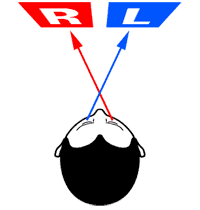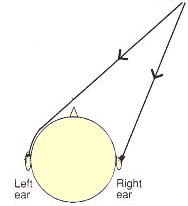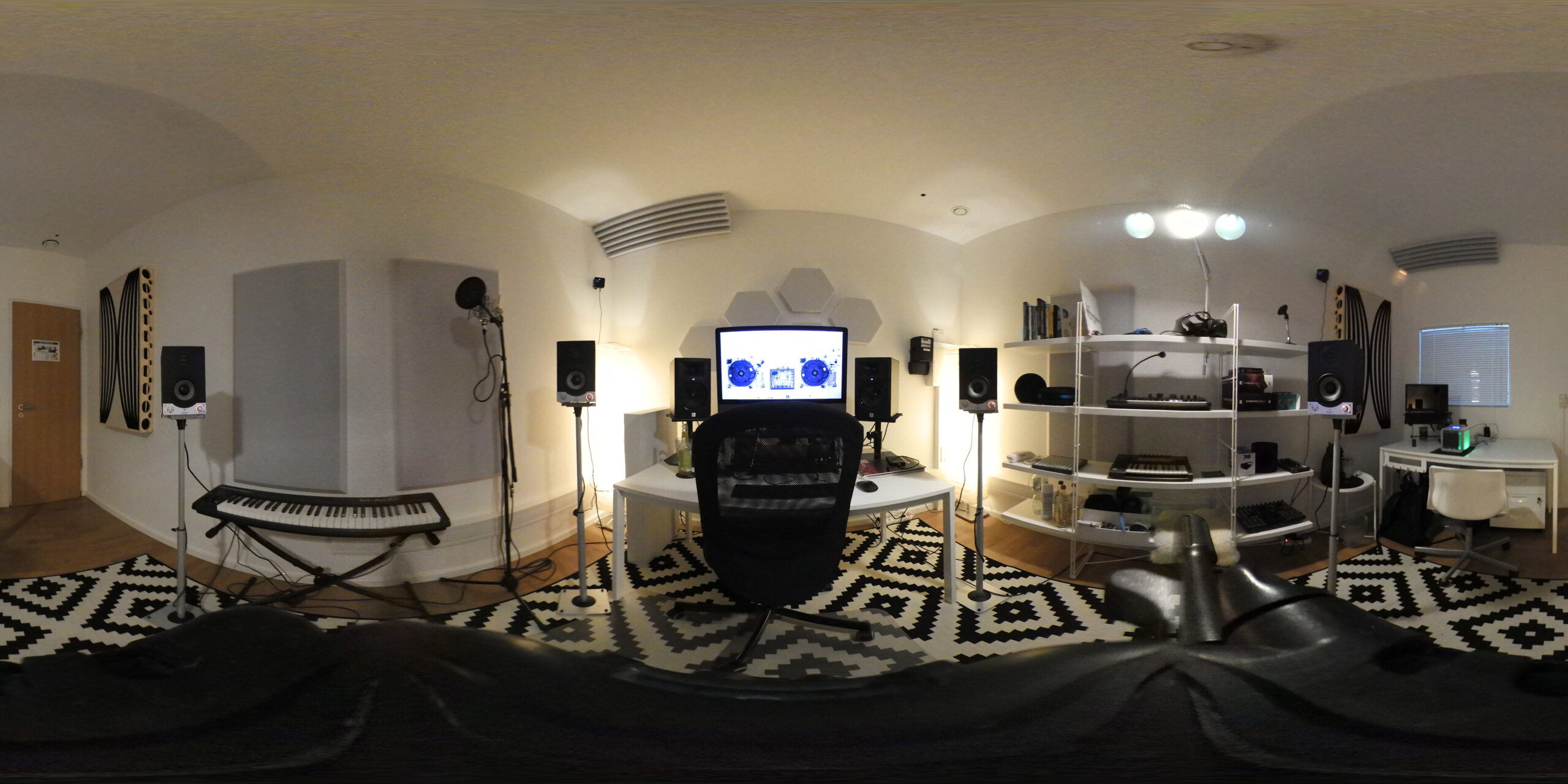A Journey into the Revolutionary World of 3D Audio Technology

First of all, put on your headphones…
Shall we?
Let me explain how 3D Audio works, also known as binaural or Spatial Audio.
3D Audio is simply an emulation of how we naturally hear in an environment.
We humans, like most animals, survived great predators because we evolved with two eyes and two ears.
A single eye and ear wouldn’t have been enough.

It’s the combination of information we receive separately in each eye and ear that gives us our natural sense of distance and space.

If we had only one eye, we wouldn’t see in 3D.
If we had only one ear, we wouldn’t hear in 3D.
Without this, prehistoric predators would have quickly wiped out the human race—we wouldn’t have known which direction they were attacking from.
This is the principle behind 3D Audio or binaural or Spatial Audio.
Distance x Time
In this type of recording and playback, the ear perceives not just the location of sound in a 360-degree spectrum (like regular stereo), but also its distance from the ear.
The head between our ears creates a tiny difference in how each ear captures sound, allowing us to pinpoint its location.
This is called HRTF – Head Related Transfer Function. This scientific name describes how our brain uses the time difference between our ears to calculate the exact location of a sound.

The “Virtual Barber Shop” is one of the most famous 3D Audio demonstrations.
It became a sensation when it was released.
They created it using binaural recording—two microphones separated by a foam “head” to simulate how we naturally hear.
That was back in 2007. The technology has evolved significantly since then.
Fo example:
Virtual and Augmented Reality Integration: Binaural audio has become essential in VR/AR applications, providing immersive 3D soundscapes that match virtual environments
Digital HRTF Processing: Advanced algorithms now simulate head-related transfer functions without requiring physical dummy heads for recording
Real-time Processing: Modern systems can create binaural audio in real-time, allowing for dynamic sound positioning in interactive applications
Personalized HRTF: Development of technology to create customized head-related transfer functions based on individual ear and head shapes
Mobile Integration: Widespread adoption in mobile devices and wireless headphones, with advanced spatial audio features
Gaming Applications: Implementation in video games for more precise directional audio and improved player immersion.
But, back to Music.
If you’d like a full binaural album experience, check out Pearl Jam‘s album aptly named Binaural.
You can also compare regular stereo (first 8 tracks) versus binaural mixing (last 8 tracks) on my album Sfear & Stereo.
Best wishes,
Billy.


Leave a Reply